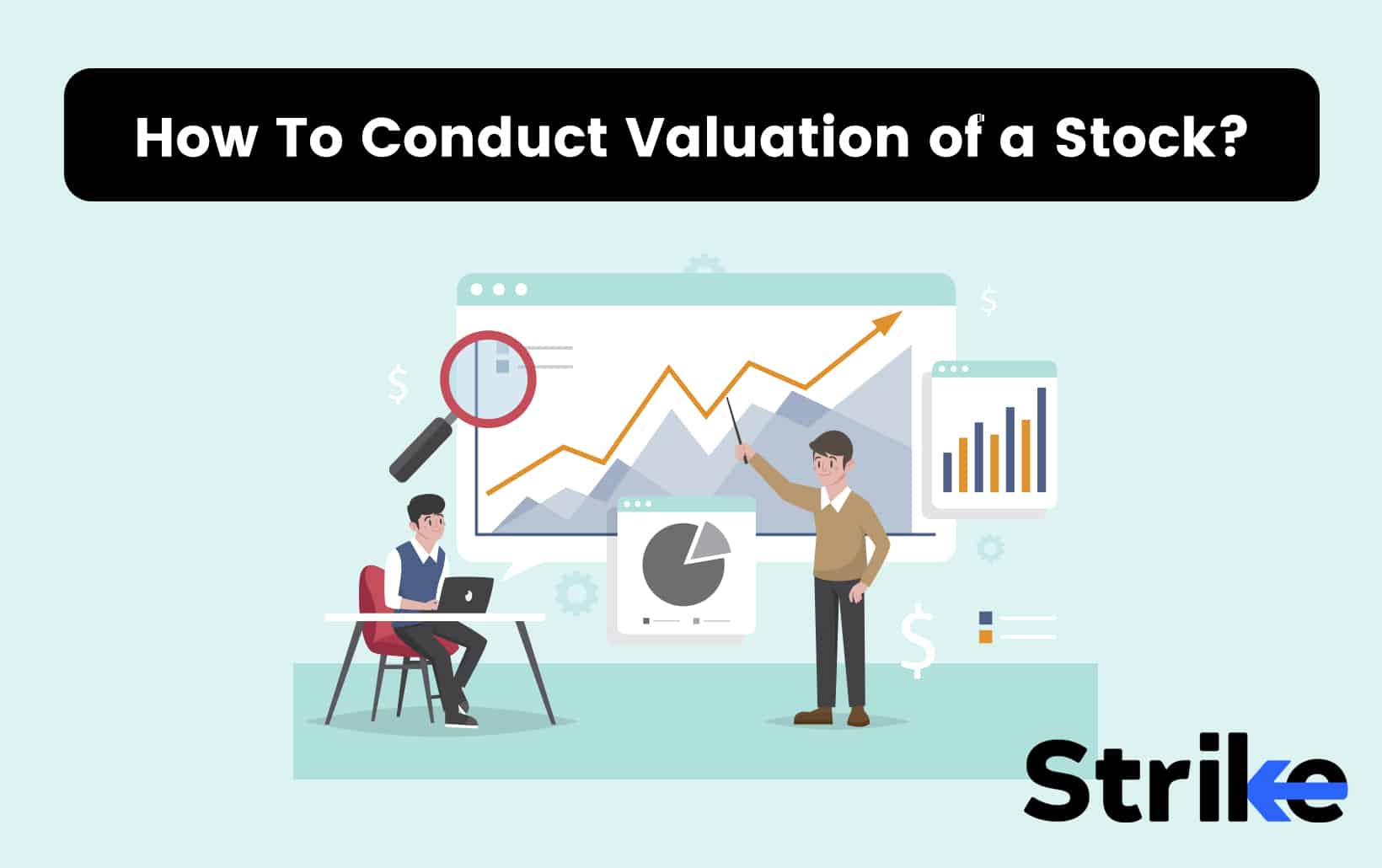
The valuation of a stock is one of the most important aspects of making sound investment decisions in equity markets. Stock valuation allows investors to identify undervalued companies that have the potential for price appreciation, as well as avoid overpaying for stocks. In this article, we will explore the different methods used by analysts and fund managers to value stocks.
Most common valuation techniques include absolute models like discounted cash flow analysis and dividend discount models that provide an intrinsic valuation based on a company’s projected financials. Relative models, such as comparing price-to-earnings ratios to industry peers, also help evaluate if a stock is overvalued or undervalued. Qualitative factors must be considered as well, like examining management quality, competitive position, and growth opportunities.
Regardless of the approach, conducting thorough due diligence and understanding all aspects of a business is key to developing an accurate assessment of a stock’s fair price. We will delve into various quantitative and qualitative valuation methods, factors that influence stock prices, and tips for identifying undervalued stocks. The aim is to provide investors with a framework for making rational, well-informed investment decisions based on fundamental analysis.
What is stock valuation?
Stock valuation refers to the process of determining the intrinsic value of a company’s stock. Stock valuation involves analyzing the company’s financial statements, performance metrics, competitive landscape, and economic conditions to estimate the fair value of the stock.
Why is stock valuation important?
Stock valuation is important as it helps investors determine if a stock is overvalued or undervalued compared to its true intrinsic value. There are several methods used for valuing stocks, such as the dividend discount model, discounted cash flow analysis, and using valuation ratios like the price-to-earnings ratio. By analyzing the fundamentals behind a company and its future earnings potential, investors estimate the fair value of its stock. They are undervalued and represent a good buying opportunity for investors if a stock’s current market price is lower than its estimated intrinsic value. On the other hand, it is likely overpriced, and investors should consider waiting for a pullback or avoiding the stock altogether if a stock’s price is higher than its intrinsic value.
Getting an accurate stock valuation is crucial in determining if an investment will be profitable over time. Regularly reviewing and updating stock valuations is also important as a company’s outlook quickly changes. Factors like new product launches, management changes, industry disruptions, or shifts in the broader economy all impact a stock’s fair value. So, while historical valuations serve as a baseline, investors need to incorporate new information to value stocks appropriately in the present. Overall, sound stock valuation provides the core logic behind smart investment decisions in stock markets. It transforms stock picking from speculation to a strategy based on rational analysis of available data and metrics.
How to value a stock?
Stock is valued by analyzing a company’s financial statements, growth prospects, competitive advantages, management quality, and other quantitative and qualitative factors to estimate the intrinsic value of the business and compare it to the current stock price. A
9 step guides for valuing the stocks are given below.
Step 1 – Understand the Company’s Business Model
The first step is gaining an in-depth understanding of the company’s business and financial model by studying its operations, products, industry dynamics, competition, management, growth strategies and other qualitative factors. Develop an investment thesis by analyzing how the company makes money, its competitive advantages, growth opportunities, and risks.
Step 2 – Study Historical Financial Performance
Analyze at least the last 3-5 years of financial statements – income statements, balance sheets, and cash flow statements. Identify historical trends and growth rates. Calculate financial ratios related to profitability, liquidity, solvency, efficiency, and valuation. Compare ratios across industry peers. Develop projections based on historical performance.
Step 3 – Estimate Future Performance
Make informed projections about the company’s future financial performance based on its competitive positioning, industry trends, potential risks and opportunities. Project future revenue growth, operating margins, earnings, and cash flows. Make conservative assumptions appropriate for the business cycle stage.
Step 4 – Select a Valuation Model
Some of the most common valuation models include dividend discount models, discounted cash flow models, and ratio-based approaches. Select suitable models based on the company specifics, investor time horizon, and stock characteristics. Use more than one model to develop a reasonable value range.
Step 5 – Calculate Intrinsic Value
Perform detailed valuation calculations using the quantitative models chosen. Project future dividends, free cash flows, residual income, or relevant valuation ratios. Determine an appropriate discount rate or rate of return based on the riskiness of projected cash flows. Calculate the present value of all future cash flows to estimate intrinsic value per share.
Step 6 – Perform Sensitivity Analysis
Determine how the intrinsic value changes based on different assumptions for growth rates, profit margins, discount rates, and other variables. Test various what-if scenarios like lower growth and margins or higher discount rates. Develop a reasonable value range rather than a single fixed estimate.
Step 7 – Compare to the Current Stock Price
Compare the estimated intrinsic value or range to the current market trading price of the stock. The stock is likely undervalued if the market price is lower. The stock is overvalued if it is higher. It indicates a fairly priced stock if the market price falls within the estimated value range.
Step 8 – Consider Margin of Safety
A margin of safety is factored into the analysis to account for errors in estimates and provide a buffer. Typically, a 15-20% discount to estimated intrinsic value represents a reasonable margin of safety.
Step 9 – Make the Investment Decision
It represents a solid investing opportunity if a stock is undervalued with an adequate margin of safety. The buy decisions are made once valuation estimates are combined with other due diligence. Regularly monitor the stock’s price and update valuations to reflect changing business conditions. Proper stock valuation transforms investing into a rational, analytical process.
By following a systematic valuation approach, investors make rational investing decisions based on the estimated intrinsic value of a stock rather than speculation. Mastering these techniques takes time and effort but can provide the framework for long-term investing success.
What are the different methods of stock valuation?
The main methods for determining a stock’s value include absolute valuation models like dividend discount and discounted cash flow, which estimate intrinsic value based on projected dividends or cash flows. Relative models like comparable company analysis value a stock based on ratios of similar public companies.
Absolute Methods
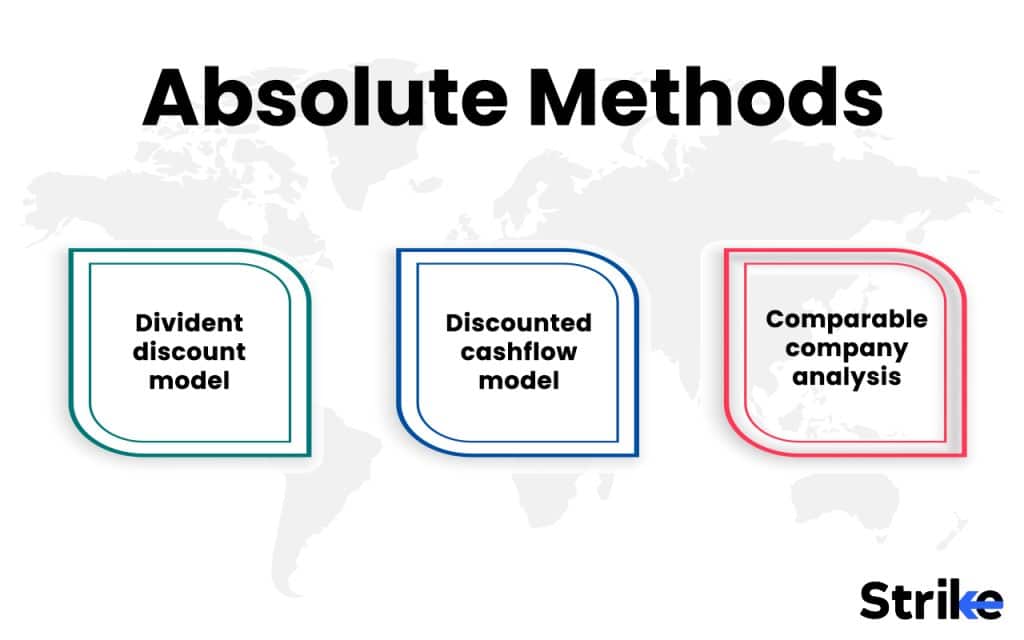
Absolute valuation methods are fundamental techniques used by investors to estimate the intrinsic value of a stock independent of its current market price. These models are based on discounting a company’s projected future dividend payments or cash flows to their present value using a required rate of return or discount rate. The dividend discount model and discounted cash flow model allow investors to value a stock using the company’s estimated future dividends or cash flows rather than relying solely on market sentiment. By determining a stock’s inherent value through methods like dividend discount or DCF, investors aim to identify under or overvalued stocks to potentially generate superior returns. Absolute valuation provides an objective framework for stock analysis versus relative valuation.
Dividend discount model
The dividend discount model is a method used to value a stock based on the present value of its expected future dividend payments. This model assumes that the value of a stock is equal to the sum of all of its future dividend payments, discounted back to its present value.
Stock Price = D1/(1+k) + D2/(1+k)2 + D3/(1+k)3 + … + Dn/(1+k)n
Where D1 is the expected dividend payment for the next period, k is the required rate of return or discount rate, and n is the number of periods into the future for which dividends are estimated.
For example, suppose a stock is expected to pay Rs.1 in dividends next year, Rs.1.10 the following year, and Rs.1.21 the third year, with a 12% discount rate; the stock price would be calculated as given below.
Stock Price = Rs.1/(1.12) + Rs.1.10/(1.12)2 + Rs.1.21/(1.12)3 = Rs.2.61
So, based on the dividend discount model, the fair value stock price is Rs.2.61, given the assumed future dividend payments and discount rate. This model is commonly used by investors to estimate the intrinsic value of a stock based on its expected dividend payouts.
Discounted cash flow model
The discounted cash flow (DCF) model values a stock by estimating the company’s future cash flows and discounting them back to the present using a required rate of return.
Stock Price = CF1/(1+r) + CF2/(1+r)2 + CF3/(1+r)3 + … + CFn/(1+r)n
Where CF is the projected cash flow for each period, and r is the discount rate.
For example, suppose a company is projected to generate cash flows of Rs.1 million in year 1, Rs.1.5 million in year 2, and Rs.2 million in year 3, with a 10% discount rate, the stock price would be as follows.
Stock Price = Rs.1,000,000/(1.1) + Rs.1,500,000/(1.1)2 + Rs.2,000,000/(1.1)3 = Rs.3,971,436
The DCF model is commonly used in stock valuation to estimate the fair value based on estimations of the company’s future cash flows. It accounts for the time value of money by discounting the cash flows back to the present value. This provides a more accurate valuation than simply using earnings forecasts.
Comparable company analysis
Comparable company analysis values a stock by analyzing ratios and financial metrics of similar public companies. The idea is that companies in the same industry group will have similar valuation ratios like P/E, P/S, and P/B due to common financial and growth characteristics.
For example, suppose Company A trades at a P/E of 20x and a net income of Rs.1 million; its market cap would be Rs.20 million (Rs.1 million * 20 P/E). Suppose Company B is a comparable company with a net income of Rs.2 million; we estimate its market cap to be Rs.40 million (Rs.2 million * 20 P/E). This market cap is then used to calculate an implied stock price for Company B.
The analysis provides a relative valuation estimate by looking at the ratios of peers. However, each company has unique aspects, so quantitative and qualitative differences need to be considered. Overall, comparable company analysis gives investors a data-driven approach to benchmark a stock’s valuation against relevant competitors in the same industry. It is a method commonly used by analysts and investors in stock market valuation.
Relative Methods
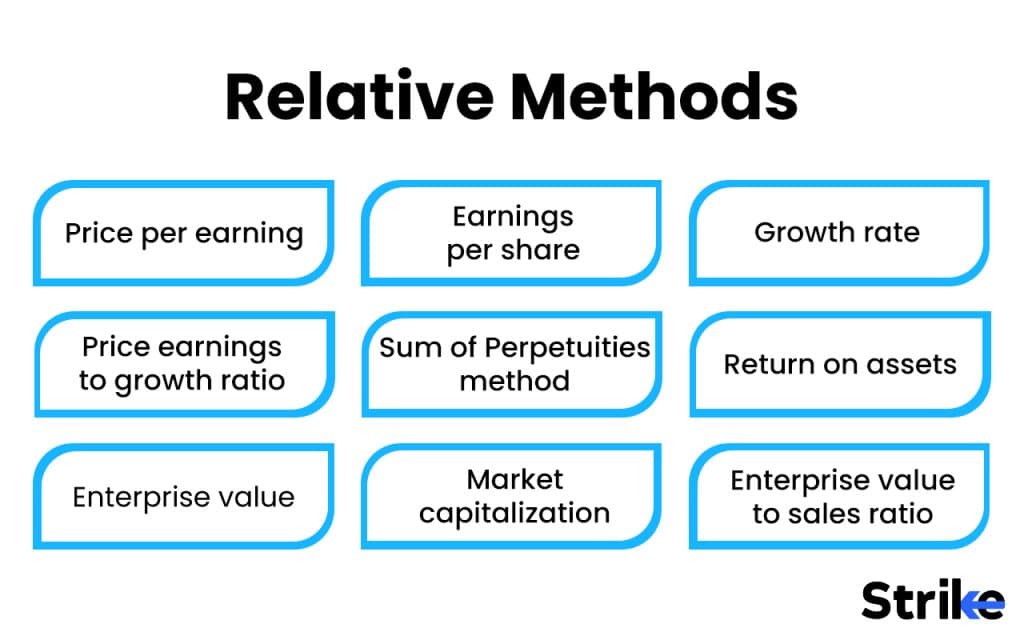
There are several relative valuation methods used to estimate the fair value of a stock. The dividend discount model values a stock based on its estimated future dividend payments discounted to the present. The discounted cash flow model estimates intrinsic value by projecting the company’s cash flows and discounting them back using a required rate of return. Comparable company analysis benchmarks a stock’s valuation multiples like P/E and P/S against similar public companies. Each method has benefits and limitations. Using a combination of relative valuation models provides a more comprehensive view of a stock’s intrinsic value compared to peers within an industry group. Applying both quantitative and qualitative insights is key for stock analysis.
Price per earning
The price-to-earnings (P/E) ratio measures the current share price relative to the company’s earnings per share. It provides an indication of how much investors are willing to pay for each dollar of the company’s earnings. The P/E ratio is compared across companies within an industry group or benchmarked versus historic averages to evaluate if a stock is overvalued or undervalued. It is one of the most widely used valuation metrics by investors in the stock market to assess the relative expensiveness of a company’s shares.
P/E Ratio = Share Price / Earnings Per Share
For example, suppose a company’s stock is trading at Rs.50 per share, and its EPS for the last 12 months was Rs.2; the P/E ratio would be calculated as given below.
P/E Ratio = Rs.50 / Rs.2 = 25x
This means investors are currently willing to pay Rs.25 for every Rs.1 of the company’s earnings.
Earnings per share
Earnings per share (EPS) measures a company’s net income earned during a period divided by the average number of shares outstanding. It represents the portion of a company’s profit that is allocated to each outstanding share of common stock. Comparing EPS trends over time and benchmarking versus industry peers helps analyze profit growth and evaluate if a stock price properly reflects earnings performance.
EPS = (Net Income – Dividends on Preferred Stock) / Average Outstanding Shares
For example, suppose a company has Rs.10 million in net income, 1 million shares of preferred stock paying Rs.1 per share in dividends, and 50 million shares of common stock outstanding; its EPS would be as given below.
EPS = (Rs.10,000,000 – Rs.1,000,000) / 50,000,000 = Rs.0.18
Growth rate
The growth rate measures how fast a company’s financial metrics are increasing over a period of time. It demonstrates whether the business is expanding rapidly or slowly. While analyzing stocks, investors look at growth rates for financial metrics like revenue, earnings, and cash flows. Comparing historical growth to projections helps assess the accuracy of estimates. High, sustainable growth rates typically lead to higher valuations and stock prices. However, growth must be weighed against the company’s competitive environment and industry dynamics.
Growth Rate = (Current Value – Original Value) / Original Value
For example, suppose a company’s earnings last year were Rs.2 per share and this year they are Rs.2.50 per share; the earnings growth rate would be as follows.
Growth Rate = (Rs.2.50 – Rs.2) / Rs.2 = 25%
Price-earnings-to-growth ratio
The price-earnings-to-growth (PEG) ratio measures a stock’s price-to-earnings (P/E) ratio relative to its expected earnings growth rate. It provides a more complete picture of valuation than just the P/E by factoring in growth. A lower PEG indicates an undervalued stock with growth potential. The PEG helps identify reasonably priced, high-growth stocks.
PEG Ratio = P/E Ratio / Projected Earnings Growth Rate
For example, suppose a stock has a P/E ratio of 30x and expected earnings growth of 20%; the PEG would be as given below.
PEG = 30 / 20% = 1.5x
The sum of the Perpetuities method
The sum of perpetuities method values a stock by treating it as a perpetual stream of constant dividend payments into the future. It is based on the Gordon growth model and is appropriate for mature companies with stable, low growth. The sum of perpetuities method provides a straightforward way to value relatively stable, dividend-paying stocks. However, it relies on assumptions of constant low growth and dividends in perpetuity, which limits applicability.
Stock Price = D / (r – g)
Where D is the constant annual dividend, r is the investor’s required rate of return, and g is the constant growth rate.
For example, suppose a stock pays Rs.1 annual dividend expected to grow by 2% perpetually, with a 12% required rate of return; the valuation is given as follows.
Stock Price = Rs.1 / (0.12 – 0.02) = Rs.12.50
This means the fair value stock price is Rs.12.50 based on the dividends continuing forever with 2% growth.
Return on assets
Return on assets (ROA) measures how efficiently a company uses its assets to generate profits. It is calculated as net income divided by average total assets. Comparing a company’s ROA to peers over time helps assess management’s effectiveness at using company resources to create profits. Higher and rising ROA generally correlates to higher stock valuations.
ROA = Net Income / Average Total Assets
For example, suppose a company has Rs.10 million in net income and average total assets of Rs.100 million; its ROA is given below.
ROA = Rs.10,000,000 / Rs.100,000,000 = 10%
This means the company generates Rs.0.10 in profit for every Rs.1 in assets.
Enterprise value
Enterprise value (EV) measures a company’s total value, incorporating both equity and debt. It is calculated as market capitalization plus debt, minority interest and preferred shares minus total cash and cash equivalents. Unlike market cap, EV provides a more holistic view of a company’s valuation by including debt. Comparing a company’s EV to its earnings or revenues provides valuation multiples like EV/EBITDA. EV is also used to calculate acquisition costs.
EV = Market Capitalization + Debt + Minority Interest + Preferred Shares – Cash and Cash Equivalents
For example, suppose a company has a market cap of Rs.100 million, Rs.20 million of debt, Rs.5 million of minority interest, no preferred shares, and Rs.10 million in cash; the EV would be as follows.
EV = Rs.100 million + Rs.20 million + Rs.5 million – Rs.10 million = Rs.115 million
Market capitalization
Market capitalization (market cap) measures the total market value of a company’s outstanding shares. It represents the public stock market’s valuation of a company. Market cap changes daily as the stock price moves. It allows easy comparison of company size across an industry group. However, the market cap does not account for debt or other liabilities. Comparing market cap to financial metrics like revenue and earnings provides valuation ratios for analysis.
Market Cap = Share Price x Number of Outstanding Shares
For example, suppose a company has 100 million shares outstanding that trade at Rs.50 per share; its market cap would be as given below.
Market Cap = Rs.50 x 100 million = Rs.5 billion
Enterprise value-to-sales ratio
The enterprise value-to-sales (EV/Sales) ratio compares a company’s enterprise value to its total revenues. Enterprise value incorporates equity and debt to reflect the full value of a firm. EV/Sales provides a normalization for comparing companies of different sizes in the same industry. A lower EV/Sales ratio indicates an undervalued stock with growth potential. The EV/Sales ratio is useful for analyzing unprofitable companies without earnings. However, revenue-based valuations have limitations.
EV/Sales Ratio = Enterprise Value / Total Revenue
For example, suppose a company has an enterprise value of Rs.5 billion and total revenues last year of Rs.2 billion; its EV/Sales ratio is as follows.
EV/Sales = Rs.5 billion / Rs.2 billion = 2.5x
How to choose the best stock valuation method?
To choose the best stock valuation methods, it is important to first understand the various methods available and the advantages and disadvantages of each. The most common valuation methods are price-to-earnings ratio (P/E), discounted cash flow analysis (DCF), dividend discount model (DDM), and relative valuation.
The P/E ratio is one of the simplest and most popular valuation metrics. It is calculated by dividing the company’s current stock price by its earnings per share. The P/E ratio gives you an idea of how much investors are willing to pay for each dollar of the company’s earnings. A high P/E indicates that the stock is overvalued, while a low P/E suggests it is undervalued. The advantage of using P/E is that it is easy to calculate and understand. However, it relies solely on earnings and does not account for future growth prospects. It is best used to compare valuations within the same industry.
Discounted cash flow analysis estimates the intrinsic value of a stock by forecasting the company’s future cash flows and discounting them back to the present using the weighted average cost of capital (WACC). A stock is considered undervalued if its intrinsic value exceeds the current market price. The advantage of DCF is that it attempts to value the business based on its expected future cash-generation ability. However, the analysis involves making assumptions about future revenue and costs, which are challenging. It is also time-consuming to build an accurate DCF model.
The dividend discount model values a stock based on its projected future dividend payments. The dividends are discounted back to the present using the required rate of return. A higher dividend payout leads to a higher valuation. The advantage is that dividends represent actual cash paid out to shareholders. However, the model only considers dividends and ignores earnings growth. It also does not work well for stocks with low or no dividends.
Relative valuation compares a stock’s valuation metrics to its peers in the same industry. Common relative valuation ratios are P/E, price-to-book (P/B), and price-to-sales (P/S). Comparing ratios across peers reveals overvalued or undervalued stocks. The advantage of relative valuation is that it adjusts for industry-wide trends and differences. The disadvantage is that it provides less direct insight into the intrinsic value of a specific stock.
While selecting valuation models, it is best to use a blended approach with multiple methods suited to the specific stock, industry, company stage, data availability, time horizon, investor type, qualitative factors, portfolio context, and analyst opinions. Each technique has pros and cons, so utilizing a mix provides the most accurate value estimate. Industry standards, investor goals, growth outlook, and portfolio strategy impact the relevance of specific models. There is no single best approach, but thoughtfully combining complementary valuation techniques provides a comprehensive view to make informed investment decisions.
The most accurate analysis would use a blended approach that thoughtfully incorporates multiple models listed above, both quantitative and qualitative assessments, and comparison to professional analyst valuations. For example, a value investor starts with a DCF model to estimate intrinsic value and then compares the stock’s P/E to the industry average as a sanity check. No single method provides the full picture. By using the right mix of valuation techniques suited to the specific stock and the investor’s goals, one makes better-informed investment decisions.
How to find value stocks?
Finding the value of stocks requires analyzing a company’s financial data to determine if the stock price undervalues the company’s earnings potential. Value investors look for stocks trading below their intrinsic value that have the potential to increase in price when the market corrects the undervaluation. While finding value stocks takes research and analysis, a few key metrics help to identify potentially undervalued companies.
What factors affect the valuation of a stock?
A key quantitative factor is the company’s earnings performance, both historical and projected. Investors look at metrics like revenue growth, profit margins, earnings per share, and cash flows. Strong growth and consistent profitability typically support higher valuation multiples. Relatedly, earnings estimates and growth outlook affect valuations. Stocks with higher expected growth rates warrant higher P/E multiples. Projected future cash flows are critical in valuation models like discounted cash flow analysis. Beyond current earnings, a company’s profitability potential also matters. This ties into the analysis of its competitive position and business model strengths or weaknesses. Companies with wide economic moats, pricing power, network effects, economies of scale, and other advantages that support high future profit margins generally have higher valuations. The perceived growth runway and market opportunity for expansion also play a role.
The industry outlook affects all companies within a sector. Faster-growing or more profitable industries like technology or consumer staples command higher average valuations than slow-growth industries. Within an industry, positive or negative structural shifts, market share dynamics, and competitive forces influence how investors view valuation. Balance sheet health is another consideration. The strength of the balance sheet, cash levels, debt burden, and ability to fund growth through internal cash flow vs. external financing all impact the riskiness of future cash flows. Companies with higher financial leverage and distress risk often trade at lower valuations.
Macroeconomic factors constitute the broad market and economic backdrop. The phase of the economic cycle and projections for GDP growth, inflation, interest rates, currency exchange rates, and fiscal and monetary policy all affect investor risk appetite. In periods of expansion, stocks tend to have higher valuations, while recessions dampen valuations.
Geopolitical issues also introduce uncertainty. Increased risks negatively impact valuations across the board. Moreover, exposure to impacted countries affects specific companies and industries. For example, trade war concerns have weighed on the valuations of companies with high China exposure.




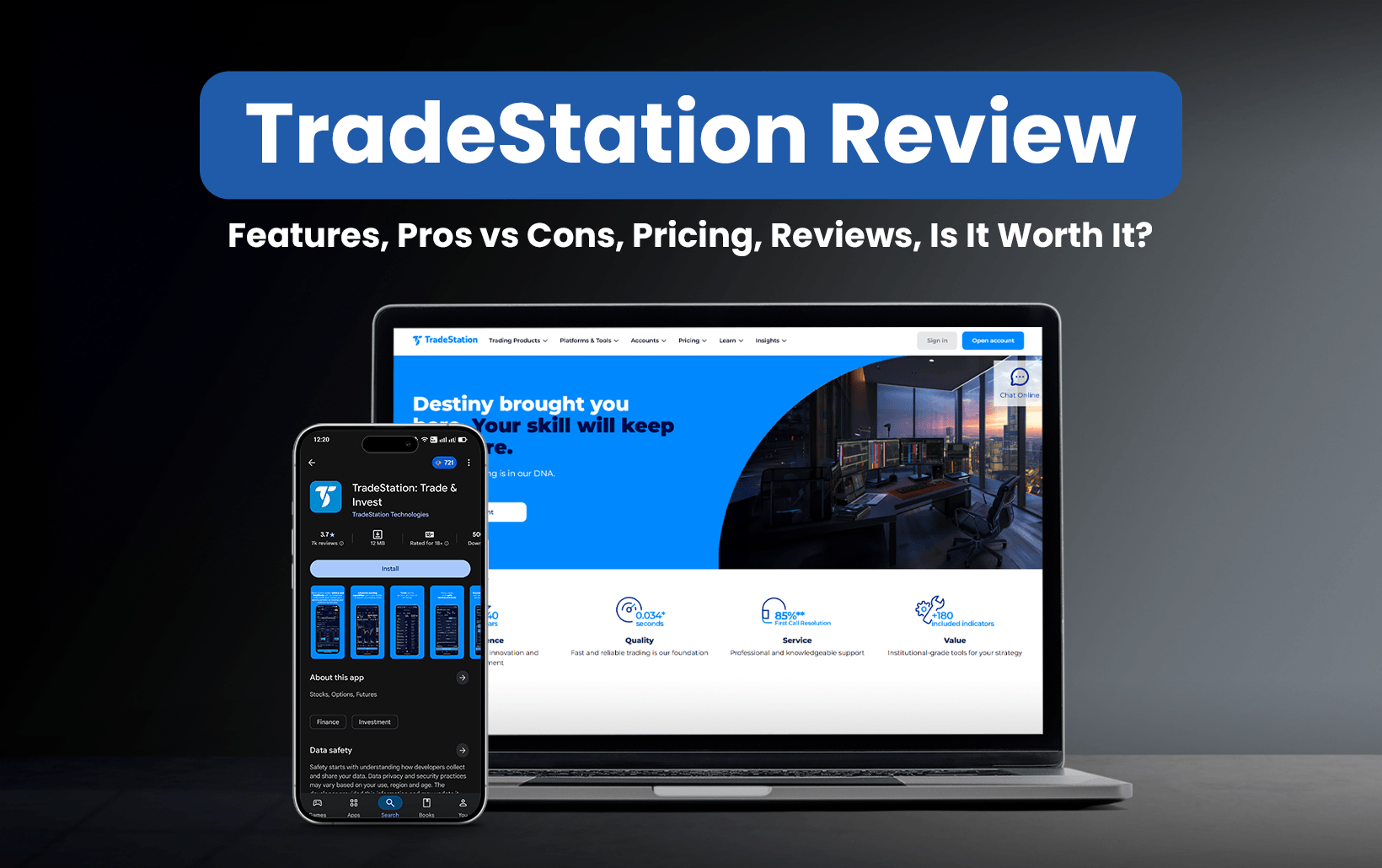
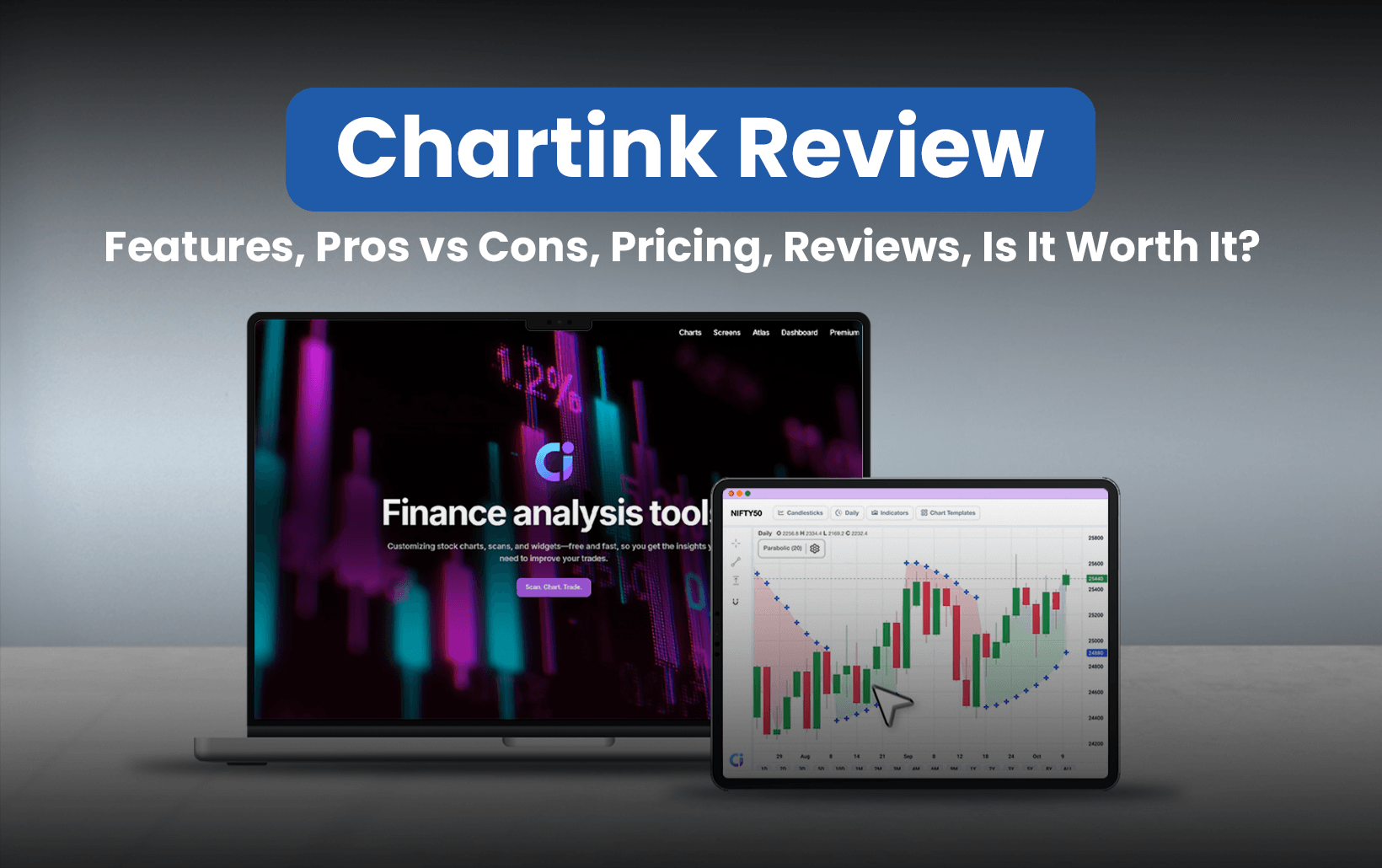
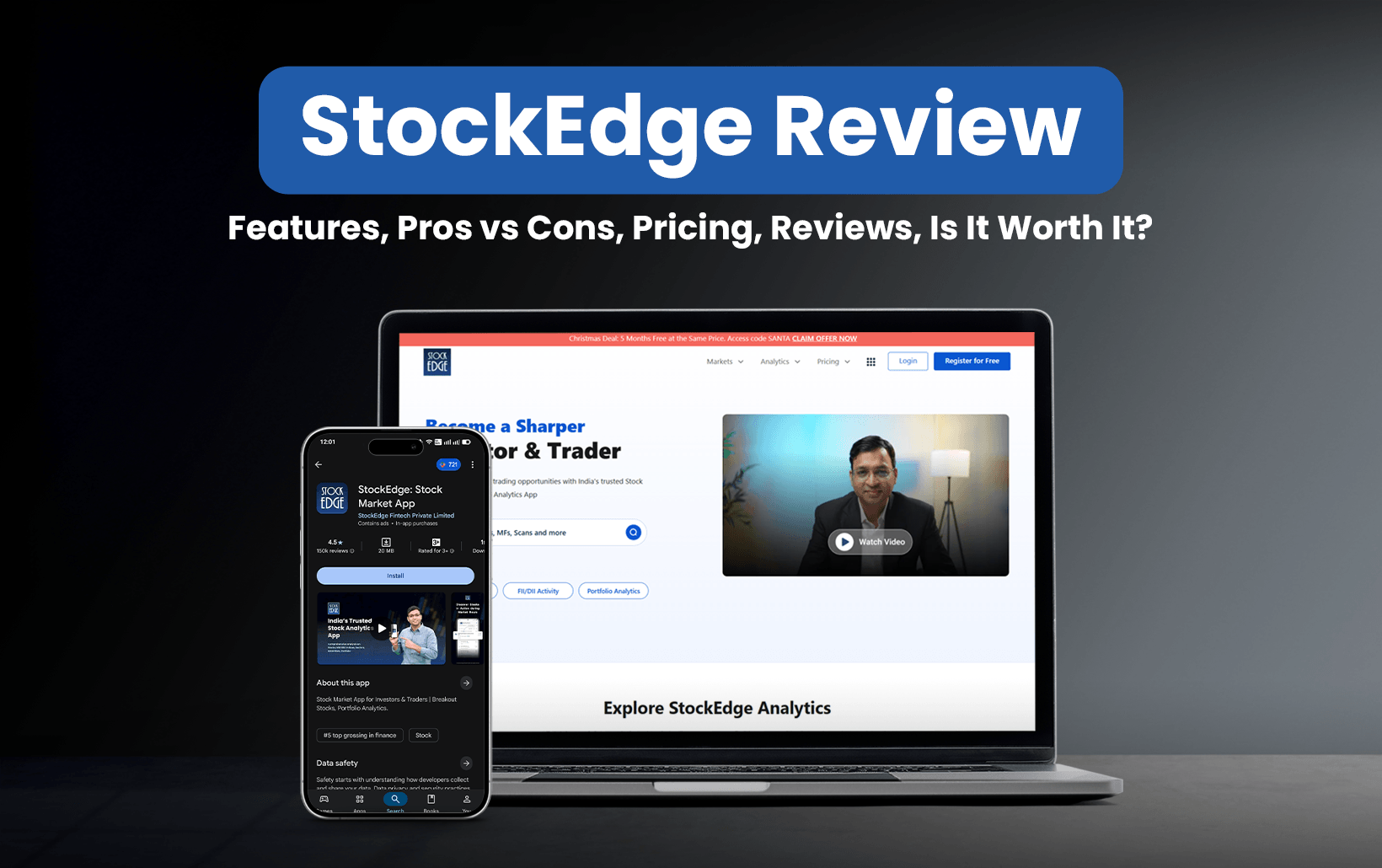
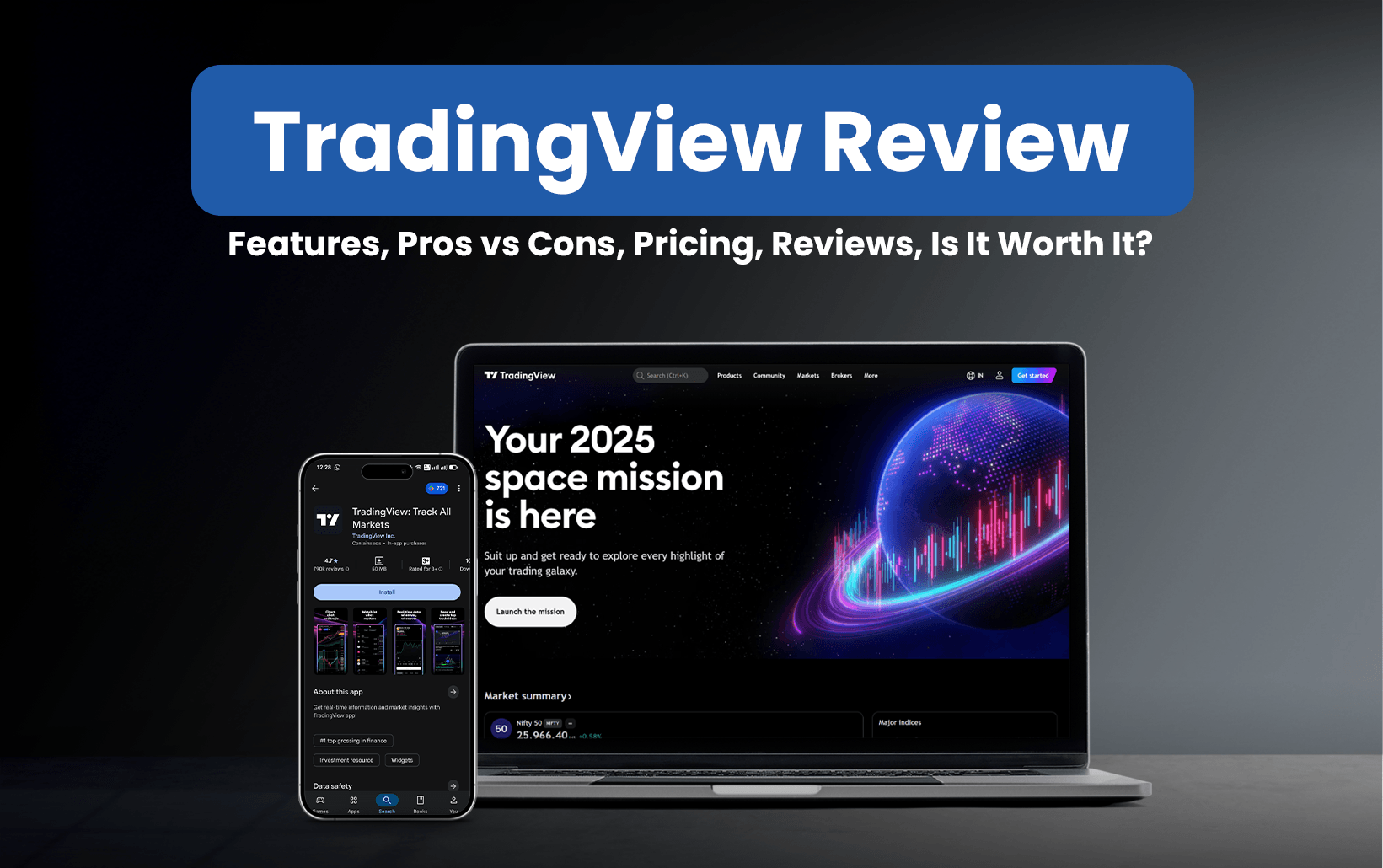
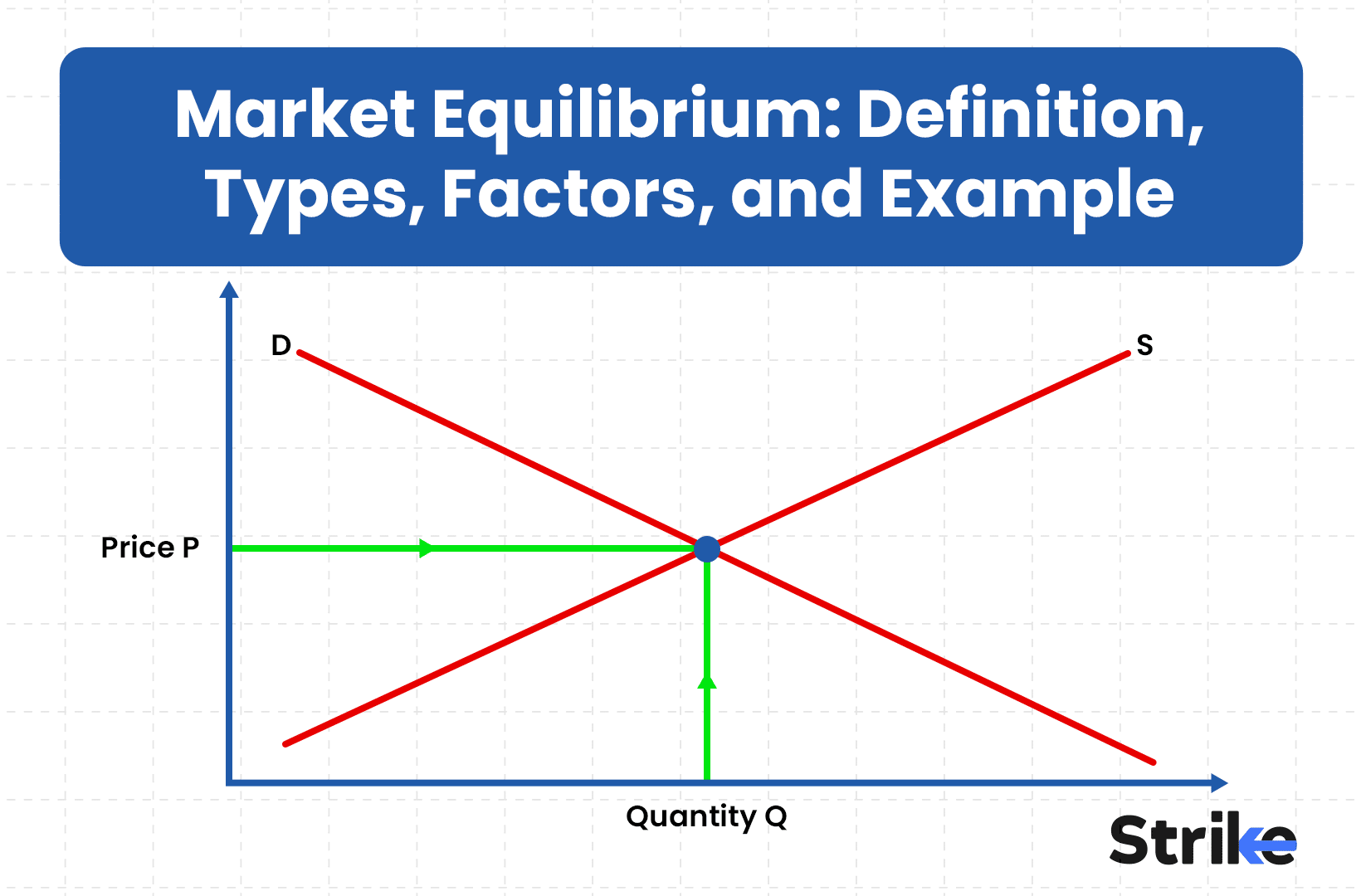






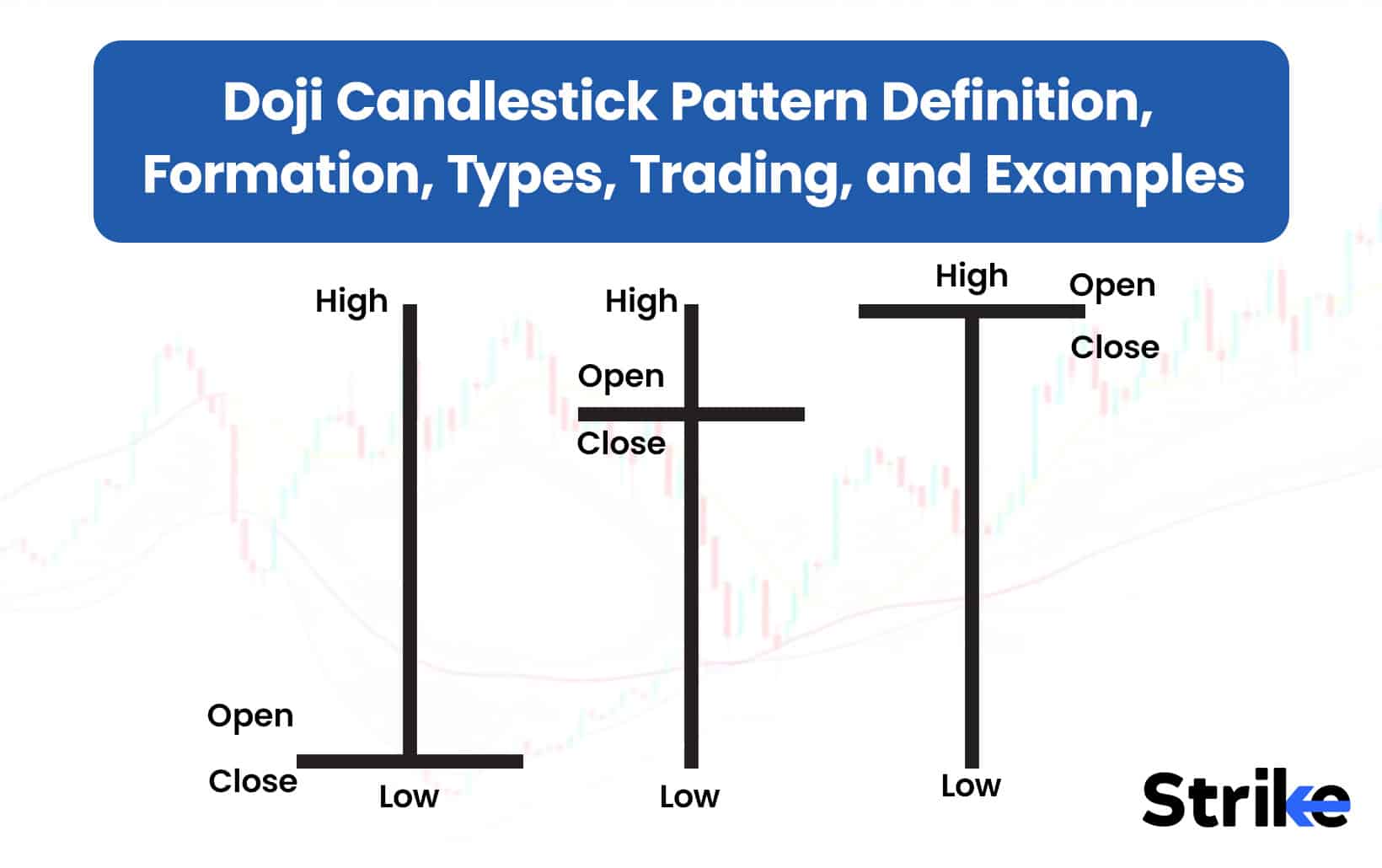
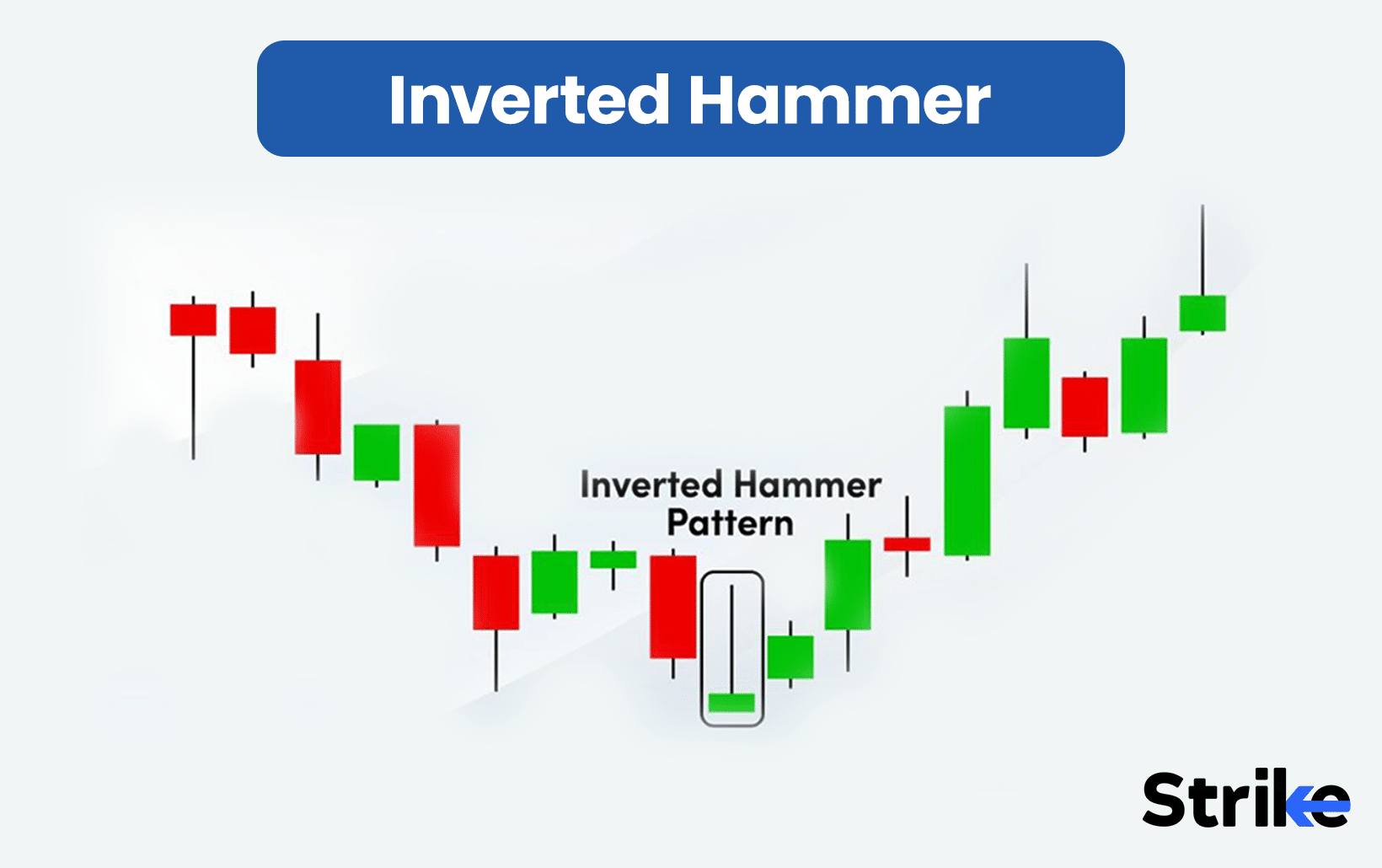



No Comments Yet.